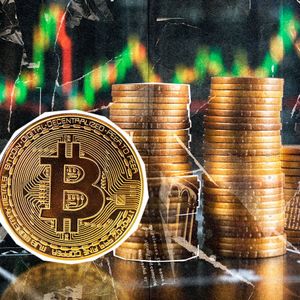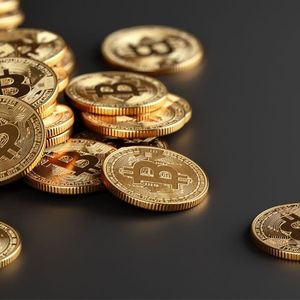Latest News
-
 Rumble: Crypto Pivot Doesn't Move The Needle
Rumble: Crypto Pivot Doesn't Move The NeedleSeeking Alpha 2025-06-14 17:30
-
 France eyes Bitcoin mining as means to manage energy
France eyes Bitcoin mining as means to manage energyCryptopolitan 2025-06-14 17:20
-
 Small caps, big moves: This altcoin trio outshines Bitcoin
Small caps, big moves: This altcoin trio outshines Bitcoincrypto.news 2025-06-14 17:13
-
 War Escalation Sends Bitcoin to $103K Amid Massive Liquidations
War Escalation Sends Bitcoin to $103K Amid Massive LiquidationsCoinpaper 2025-06-14 17:12








